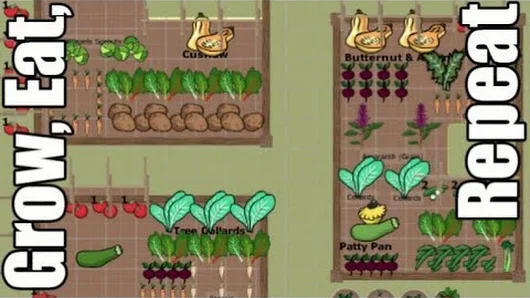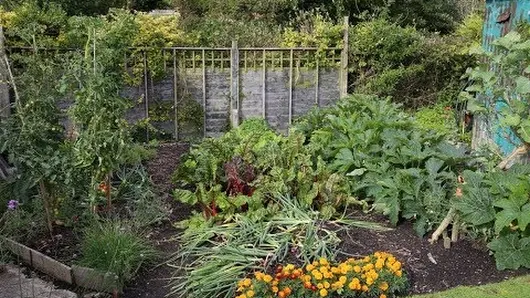Electric Fence
Image: LeJay "pendulum" style fence charger
http://www.pssurvival.com/PS/Electronic/Lejay_Manual_Electrical_5thed_1945_1988.pdf
Manual has electric fence controllers and windmill-generator-battery contraptions.
Ford Model T Trembler Coil
https://www.youtube.com/watch?v=tPTmSHjSu0A
LeJay Fence Charger Made From Model T Buzz Coil
https://www.youtube.com/watch?v=vBBHuJiSY6c
How To - High Voltage from Model T "Buzz Coil"
https://www.youtube.com/watch?v=4aeb125R5QE
New Zealand innovation – improved electrical components and materials
During the
late 1930s, emerging public safety issues and concerns about the newly emerging electric fences were considered at length, and began to be controlled more by regulations. In the 1960s, a different New Zealand inventor named Dough Phillips patented a new type of design using capacitor discharge, thus extending the feasible deign length of the fence and at the same time reducing its cost. This was duly patented using plastic insulators for flexibility and durability (instead of the previous porcelain) and similar systems continue to be used in agricultural electric fences today. Early fence charging devices used alternating current (AC) with a transformer and a mechanically operated switch, giving long pulses and sometimes of unpredictable voltages. As might be expected, these mechanical switches frequently failed, so later systems made use of solid state (transistor) circuitry instead of manual switching components. For a period, some types of fence energisers gave longer outputs. Nicknamed ‘weed burners’, this variant became known for causing fires in hot, dry weather and it was for this reason that their popularity reduced.
.........
The early development of the modern, pulsed electric fence commenced in New Zealand in 1936 when William "Bill" Gallagher built a primitive energiser from a cars' ignition coil to keep his horse off his car. This was soon extended to a fence and progressed from there. These early fence charging devices used alternating current (AC) with a transformer and a mechanically operated switch, giving long pulses and sometimes delivered unpredictable voltages. As might be expected, these mechanical switches frequently failed and the development of using capacitors and solid state circuits by another New Zealander, Doughy Phillips, greatly improved the efficiency of the system. These were generally known as "weed burners" as they tended to burn weed growth but did cause fires on occasions.
-----------
Further modern developments: ropes and insulators
Over recent years, there have been some significant improvements including polyethylene insulators, which last longer and are cheaper, along with the electrical design of the energizing units which are also called a fencer or energiser. Modern fence chargers use low impedance circuitry, in which a capacitor is charged by a solid-state circuit. If an animal (or a person) comes into contact with the fence, the charge is released by a thyristor. This is an electronic component which can be thought of as an automatic switch so the voltage is more controlled, and the shock pulse is much shorter – typically just a few milliseconds. Fences can be powered by batteries and solar panels; if a fence is in good condition, such batteries can last many weeks depending on fence length. Woven rope-like material containing conducting wires has also been developed. Electric fences are used primarily to stop livestock from escaping or from wandering onto farmland and damaging crops. Although the majority of electric fences today are used for animal control in this way, other applications include prisons, military bases and other protected installations. Here, the aim is to maintain security, or to stop people crossing a borderline or other physical limit. The voltage delivered can be varied and may be selected to cause discomfort or in security applications, incapacitating or lethal. Finally, probably due to their intrinsic risks, there have also been legislative changes and regulations in some countries regarding the construction and use of electric fences.
https://en.wikipedia.org/wiki/Electric_fence
http://www.farmcareuk.com/blog/history-electric-fencing/
https://www.agrisellex.co.uk/blog/history-of-electric-fencing-1832-to-2016/831
https://www.smokstak.com/forum/showthread.php?t=95985 .







